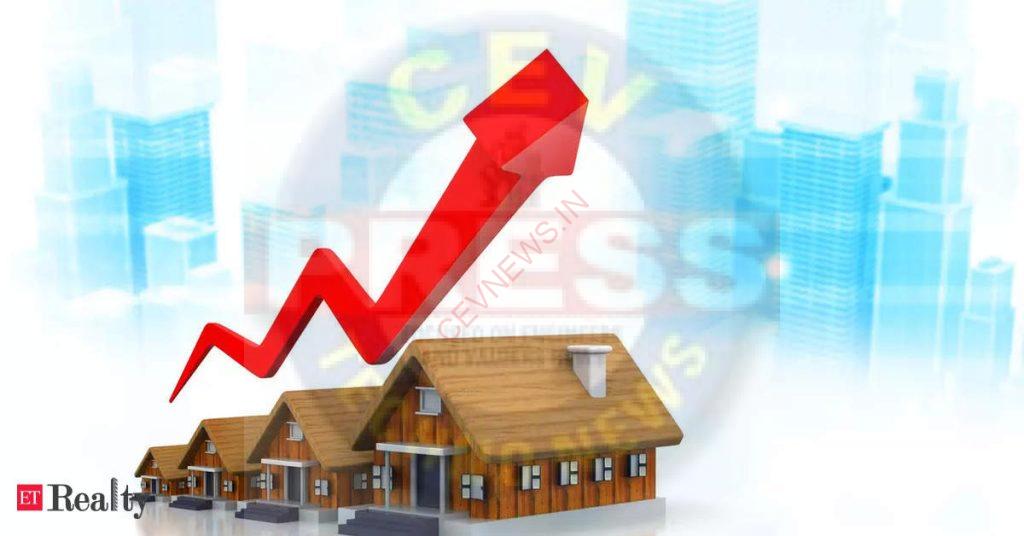MEANING AND TYPES OF INFLATION
Inflation refers to a sustained increase in the general price level of goods and services in an economy over a period of time. Put simply, it means that the cost of goods and services is rising, and the purchasing power of a unit of currency is decreasing. Inflation is usually measured as the percentage change in the Consumer Price Index (CPI) or another inflation index, which tracks the price changes of a basket of goods and services commonly purchased by households. Inflation can be caused by a variety of factors, including an increase in demand for goods and services, a decrease in the supply of goods and services, an increase in the cost of production, or changes in government policies such as monetary or fiscal policies. Moderate inflation is generally seen as a sign of a healthy economy, but high or unstable inflation can have negative impacts on consumers, businesses, and the economy as a whole.
There are several types of inflation that can occur in an economy:
- Demand-Pull Inflation: This type of inflation occurs when there is an increase in demand for goods and services, but the supply of those goods and services remains constant, leading to a rise in prices.
- Cost-Push Inflation: This type of inflation occurs when there is an increase in the cost of production, such as higher wages or raw material costs, which leads to higher prices for consumers.
- Built-In Inflation: This type of inflation occurs when workers and businesses expect prices to rise, and so they increase their prices and wages accordingly, creating a self-perpetuating cycle of inflation.
- Hyperinflation: This is an extreme form of inflation that occurs when the rate of inflation is so high that prices spiral out of control, leading to a breakdown in the economy and society.
- Imported Inflation: This type of inflation occurs when a country’s imports become more expensive due to changes in exchange rates, tariffs, or other trade policies.
- Structural Inflation: This type of inflation occurs due to long-term imbalances in the economy, such as supply shortages, bottlenecks in production, or monopolies that restrict competition and drive up prices. This type of inflation occurs when a country’s imports become more expensive due to changes in exchange rates, tariffs, or other trade policies.
Inflation can have a significant impact on the economy and can affect the purchasing power of consumers, the cost of borrowing, and the performance of businesses. Central banks and governments use various policies to manage inflation levels and keep them under control.

FOR MANY MORE UPDATES AVAILABLE CLICK BELOW
CLICK THE BELOW LINK TO READ THE COMPLETE CONTENTS
SOME CONTENTS OF THIS WEBSITE ARE FOR GOLD SUBSCRIBERS ONLY.
Join us as a GOLD SUBSCRIBER and get access to read important books.
KIND ATTENTION
We are going to close all what’s groups of CEV soon due to difficulties in posting information or message in more than 5 groups of CEV at a time.
All future posts of empanelment notices & professional importance will be shared on
1. https://t.me/+dbHNkNO22xsyYTY1
2. www.valuerworld.com
3. The Twitter handle of CEV India
https://twitter.com/cevindia?t=XbqlvnwUVz1G3uPgs749ww&s=09
after closing the groups.
All members of these groups are requested to register themselves at the following link immediately for Getting all related timely updates

